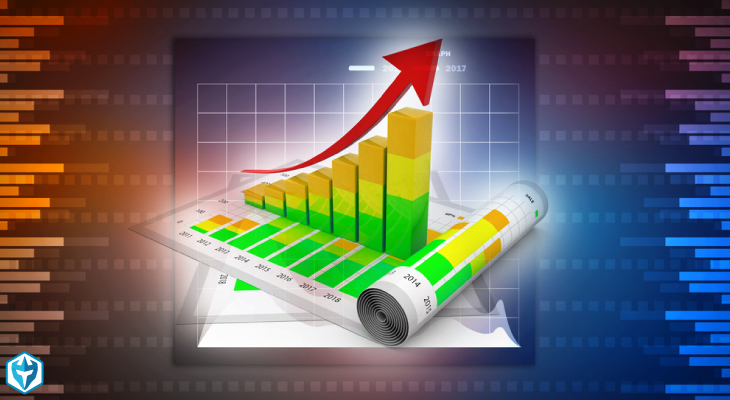Defintion of Depreciation
Depreciation is a method used according to dedicated Standard in relation to accounting that is entitled IAS 16 Property, Plant & Equipment. In this Accounting Method Cost of the long-term tangible asset (which has physical existence and will be useful for business for more than one year) is spread over the useful life of that tangible asset.
Why an Asset should be depreciated:
Business needs to depreciate assets for the purpose of compliance with Accounting Practices & Standards. Every business which complies with International Accounting Standards or Generally Accepted Accounting Policies (GAAP) need to follow IAS 16 Property, Plant & Equipment which requires them to show the long-term assets after deducting depreciation. It takes the concept that as an asset is employed for the intended use, its value over the period of time will decrease because of physical wear and tear, obsolesce and even when if an asset is not used its value will decrease as new technology will replace the technology used in the asset.
Over and above, Tax Authorities in different countries (like Inland Revenue Service in U.S.A) may require businesses to show their depreciation. This could give business tax benefits as the purchase of these Assets may be a tax deductible expense in the jurisdiction. The company does not have to pay taxes on depreciation which benefits the cash flow of the company.
The cost of an Asset:
The cost of a particular asset includes all the relevant and related costs which are required in relation to bringing the subject asset to its location for the specified purpose of use. This will include costs like purchase price, transportation, installation.
Useful Life of Asset:
The useful life in relation to an Asset shows the particular life cycle of that very asset in consideration. If a business purchases an asset it should take into account the period of in which the asset can contribute to production and give economic benefit to the organization before it becomes obsolete and has no economic value. The useful life will be different for assets of different categories as the duration during which they can give benefit will be different will be different for each asset. For example, the useful life of a car will be higher than that of a laptop because new technology will make laptop obsolete quickly than in the case of a car. The useful life of the building will be higher than of car as its decrease in value occurs very slowly than that of the car.
Depreciation of Land & Land Improvement:
The land is not depreciated as its useful life is indefinite. However, Land Improvements like roads have limited useful life so they are to be depreciated according to their useful life.
An example of Depreciation:
A business purchases a vehicle for $1200. The useful life of the vehicle is 4 years. How to calculate its Depreciation at the end of third year and value after the third year.
The above is an example of one of the most practiced depreciation technique that is Straight Line depreciation. The corresponding quantum of the amount of depreciation will be same in all of the subsequent years.
Depreciation for one year: Total Value of Asset/ No of Useful life years of Asset
=$1200/4 =$300 the amount of Depreciation per year.
Accumulated Depreciation after year three: No of Years* Depreciation of one Year
=3*300 =$900
The remaining value of Asset: Cost of Asset – Accumulated Depreciation =$1200-$900 =$300.

EmoticonEmoticon